Best 24″ kids mountain bikes for age 7-10 years
Mountain biking is an incredible way to share the thrill of the outdoors with your child. It’s fun, challenging, and helps them develop new skills, confidence, and a lifelong love of cycling. Whether you're exploring local trails or heading to a bike park, riding off-road together is a brilliant way to stay active and make lasting memories. That's why in this guide we'll take a look at the best 24" kids mountain bikes currently available on the market.
If your child is around 7-10 years old (depending on their height) and is showing a real enthusiasm for off-road riding, then it’s probably time to start looking at the best kids bikes for the task. This guide is designed to help you find the best option for your child’s needs and your budget, whether they’re just getting started with trail riding or already tackling more technical terrain.
At Cycle Sprog, we've been reviewing and writing about cycling with kids since 2012, and we've got first-hand experience of getting into mountain biking with kids, so we know exactly what makes a fit-for-purpose kids' bike. From frame geometry to weight, gears to suspension, we’ve done the research and testing so you don’t have to. We're here to guide you through what to look for in a mountain bike and highlight the best choices currently available.
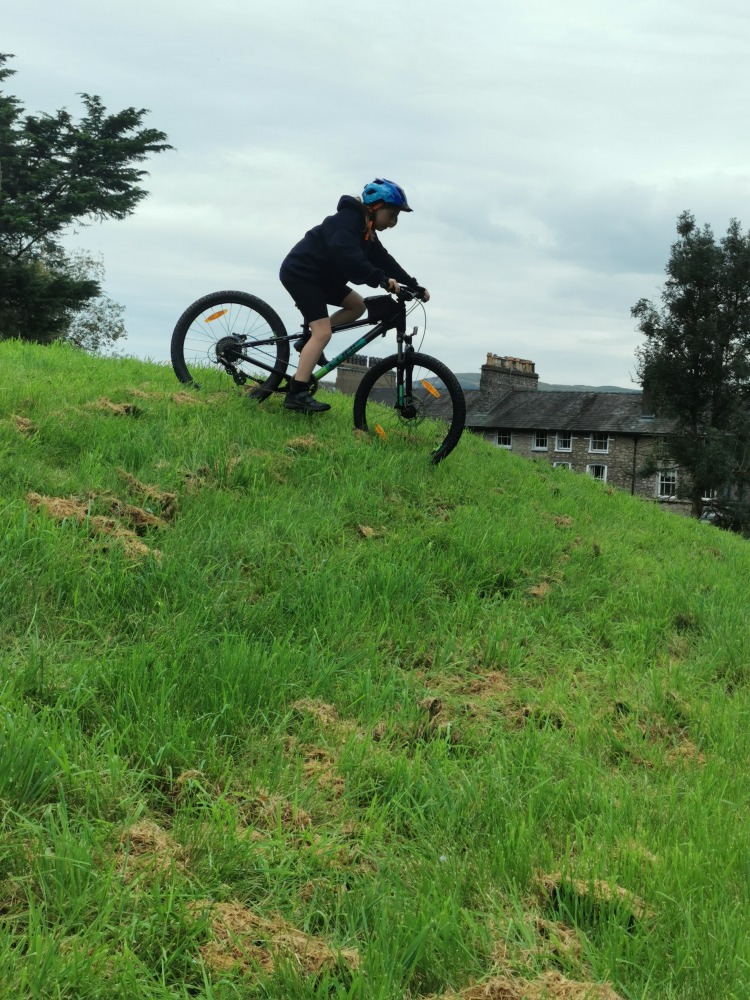
This guide is organised to suit parents at every stage of the decision-making process. If you’re short on time, head straight to our quick picks for a round-up of our top recommendations. If you want to better understand what makes a good kids’ mountain bike, check out our top tips, which explains the key features to look for. We’ve then grouped our favourite bikes into three price categories: under £500, £500-700, and over £700 so you can find the best option for your budget.
Finally, we’ve included answers to some of the most frequently asked questions from parents choosing their child’s first mountain bike.
Not sure if a mountain bike is the right choice? If your child will mostly be riding on smoother surfaces or you’re not planning on tackling technical trails, then a lightweight hybrid bike might be a better fit, in which case you'll find some great options in our overall best 24" kids bikes guide. However, if they’ve got a taste for muddy tyres and rocky tracks, a quality mountain bike is a worthwhile investment.
One thing we always recommend is avoiding cheap, heavy bikes with poor-quality suspension - they’re hard to ride and won’t help your child enjoy the experience. A well-made, lightweight bike will always perform better and be more enjoyable to ride.
And don’t forget, safety matters too. Make sure your child is properly kitted out with one of the best kids bike helmets, and a pair of the best kids cycling gloves to make sure they’re well protected on the trails.
Now, onto the best 24" kids' mountain bikes!
Cycle Sprog is a reader-supported website. When you buy through links on this page we may earn an affiliate commission.
Quick picks: for parents in a hurry
If you’re pushed for time, here are our top picks for the best 24" kids mountain bikes, covering each price bracket:
- Best budget option: BTwin Rockrider 24" EXPL 900 - £399.99
- Best mid-range option: Cube Acid 240 Disc - £579.00
- Best premium option: Mondraker Trick 24 - £1,299.00
Top tips: choosing the best 24” mountain bike for kids
Before you browse through our top picks, here are a few important things to keep in mind when choosing a 24” mountain bike for your child. If you’d like even more in-depth advice, head to the Q&A section at the bottom of the page, or download our free bike buying checklist!
- Frame: Many frames on cheaper kids mountain bikes will be steel, which are heavier than a more expensive aluminium framed kids MTB. It’s worth remembering this if you’re going to need to lift/carry/push the bike, or plan riding somewhere very hilly.
- Gears: The gearing on a cheap kids mountain bike tends to be 18 speed or over, meaning your child has to master using gears with both their right and left hands. This can be a bit confusing and is avoided by having a single chainring and less gears to give the same amount of assistance on the hills. It will possibly take your child longer to master more gears and there’s a bigger chance of them “crossing the chain” so they’re not using gear efficiently when climbing. If you’re aware of this, you can help them get the gears correct before you set off up a hill.
- Braking: V-brakes should be plenty good enough to bring a bike to a halt on more gentle hills in dry conditions. More expensive mountain bikes tend to have disc brakes for better stopping in the wet/mud.
- Suspension: Decent MTBs at the cheaper end of the range will have front coil suspension or no suspension (called a rigid fork mountain bike) – this is a much better option than some cheap mountain bikes bikes which claim to be full suspension but don't work and just add lots of weight, making it tiring to ride.
- Tyres: The more expensive the mountain bike, the better the tyres will be for tackling wet, muddy and rocky terrain. Generally, the wider the tyre the better the grip off road, but the harder it becomes to pedal on the road. This is why we recommend one of the best 24" kids bikes if your child will be cycling on a mix of surfaces.
Btwin Rockrider 24" EXPL 900
Best budget mountain bike
- Price: £399.99
- Weight: 12.1kg
- Height: 135-150cm
- Brakes: Hydraulic disc
- Gears: 1x9 (32T, 11-36t)
- Tyres: 24 x 1.95
- Colours: White
Buy if: You need something cheap and cheerful that will still perform well off-road
If you’re looking for a solid kids’ mountain bike that won’t break the bank, the Btwin Rockrider 24" EXPL 900 is one of the best budget options available. This is the top-of-the-range 24" model from Btwin, Decathlon’s in-house brand, and it offers impressive features for the price point.
The aluminium frame is paired with a 50mm adjustable suspension fork to help cushion bumps and keep the ride smooth. Hydraulic disc brakes offer powerful and reliable stopping power in all weather conditions - something rarely seen at this price.
With a 1x9 drivetrain (32T chainring and 11-36t cassette), there’s enough gearing to help tackle hills without the faff of multiple shifters. The 1.95" knobbly tyres provide good grip on loose surfaces, and the frame is compatible with useful accessories like a bottle cage and kickstand.
At 12.1kg, it’s the heaviest bike on this list, but that extra weight is a trade-off for a lower price and solid componentry. If you're after a well-specced kids' mountain bike on an even budget, the EXPL 900 is a great choice.
Cannondale Trail 24
Best for light trails and gravel
- Price: £495
- Weight: 11.8kg
- Height: 136-145cm
- Brakes: Promax V-Brake
- Gears: MicroSHIFT 1x8
- Tyres: Kenda Small Block 8, 24 x 1.95
- Colours: Red, Black
Buy if: They don't need all-powerful disc brakes for gravel and lighter trails
If your child is ready to take their riding off-road, the Cannondale Trail 24 is a lightweight and confidence-boosting introduction to mountain biking. With a long heritage in bike design, Cannondale have created a well-specced kids’ MTB that’s easy to handle and fun to ride.
The aluminium frame keeps the weight down to just 11.8kg, making it one of the lightest options on this list. A 50mm front suspension fork helps absorb bumps and trail chatter, giving a smoother ride over uneven terrain.
It’s equipped with a 1x8 drivetrain using a MicroSHIFT trigger shifter, designed to be simple to use and comfortable for smaller hands. V-brakes provide reliable stopping power, while the fast-rolling 1.95” Kenda Small Block 8 tyres strike a good balance between grip and speed across mixed terrain.
Comfort touches like Cannondale’s kid-specific saddle and grips mean longer rides will be more enjoyable. All in all, the Cannondale Trail 24 is a great choice for young riders who are starting to explore their local trails and want a capable, easy-to-control bike to build confidence on.
Cube Acid 240 Disc
Best value for money
- Price: £579.00
- Weight: 11.8kg
- Height: 118-136cm
- Inseam: 52-63 cm
- Brakes: Shimano BR-MT200, Hydraulic Disc Brake (160/160)
- Gears: 1x8 (32T / 11-34t)
- Tyres: Meghna 24 x 2.1
- Fork: SR Suntour SF20 XCT JR, 60mm
- Colours: Blue/Orange
Buy if: You want a great all-rounder that balances spec and value.
For kids who are serious about off-road adventures, the Cube Acid 240 Disc is a rugged, well-equipped mountain bike that’s ready to hit the trails. Built around a lightweight 6061 aluminium frame, it’s designed to offer confidence and control for young riders exploring beyond the pavement.
With 60mm of travel, the SR Suntour suspension fork helps soak up trail bumps, keeping the ride smooth and comfortable on uneven ground. Shimano hydraulic disc brakes provide reliable stopping power whatever the weather, and are designed to be easy for small hands to use.
An 8-speed drivetrain offers a good gear range for tackling hilly terrain, and the Rapidfire-Plus shifters make gear changes quick and intuitive. Kid-specific components like the saddle, handlebars and short-reach brake levers ensure a good fit, which is key for both comfort and handling.
There’s also a replaceable derailleur hanger – a thoughtful addition that can help prevent costly repairs in the event of a crash. All in all, the Cube Acid 240 Disc is a solid option for adventurous kids who want a capable and confidence-inspiring ride for their weekend trail sessions and school-day journeys alike.
Giant STP 24 FS
Best for jumps and pump tracks
- Price: £599
- Weight: Unpublished
- Height: 125-145cm
- Brakes: Tektro hydraulic disc brakes, 160/160 rotors
- Gears: MicroSHIFT Acolyte 1x8 (30T / 12-42t)
- Tyres: Kenda Karma 24 x 2.2
- Fork: SR XCT L24, 80mm
- Colours: Black
Buy if: They want to ride street, trails and pump tracks with confidence.
If your young rider is ready to push the limits, whether it’s at the local trails, pump track, or bike park, the Giant STP 24 FS is a top contender. With a lightweight ALUXX-grade aluminium frame and a trail-ready geometry, it’s built for confidence and control on jumps, berms and bumpy terrain.
The SR XCT fork delivers 80mm of travel and includes a lockout function, giving them the flexibility to switch between smooth tarmac and rough tracks. Hydraulic disc brakes offer strong, reliable stopping power, and the short-reach levers are designed with smaller hands in mind.
The 1x8-speed MicroSHIFT drivetrain keeps things simple, so they can focus on the ride rather than fussing with gear combos. Chunky Kenda Karma 2.2” tyres provide solid grip on a variety of surfaces, from loose dirt to paved pump tracks.
Whether they’re hitting jumps, navigating singletrack, or just messing about at the park, the STP 24 FS is built to keep up. It’s tough, agile, and ready for fun, wherever that takes them.
Orbea Laufey 24 H30
Best lightweight option
- Price: £879.00
- Weight: 10.4kg
- Height: 125-150cm
- Brakes: Clarks M2 Hydraulic Disc
- Gears: Shimano Acera 1x8 (32T / 11-40t)
- Tyres: Schwalbe Rocket Ron Perf Foldable, 24 x 2.35
- Fork: SR Suntour XCR LO Air 80mm QR
- Colours: Lime green
Buy if: Climbing and hike-a-bike features heavily on their agenda.
If your young rider is serious about getting off the beaten path, the Orbea Laufey 24 H30 is a premium hardtail mountain bike built to take them further. Inspired by Orbea’s full-sized trail bikes, it’s designed for kids who are ready to push their skills on technical terrain, but still light and nimble enough for everyday adventures.
The lightweight aluminium frame is paired with a rigid fork, keeping weight down and handling sharp. With powerful Clarks M2 hydraulic disc brakes, they’ll have plenty of stopping power whether they’re descending steep trails or navigating tricky descents. The 1x8 Shimano Acera drivetrain with an 11-40t cassette offers a wide range of gears for tackling climbs, while the 2.35” Schwalbe Rocket Ron tyres provide excellent traction and a stable ride.
At just 10.4kg, the Laufey H30 is light enough for confident handling but tough enough to handle the rough stuff. It’s a brilliant choice for mini shredders who are ready to move beyond entry-level and start riding real trails with real confidence.
This is a bike that doesn’t just look like a grown-up trail bike, it rides like one too. Ideal for confident kids who are ready to step up.
Mondraker Trick 24
Best premium hardtail
- Price: £1,299.00
- Weight: 11.7kg
- Height: 135-155cm
- Brakes: SRAM Level hydraulic disc brakes, 160/160 rotors
- Gears: MicroSHIFT Advent 1x10 (30T / 11-48t)
- Tyres: Kenda booster 24 x 2.4
- Fork: X-Fusion Velvet RL 26, 100mm, air spring
- Colours: Black/Green, Red/Silver
Buy if: Money's not a barrier and they're serious about mountain biking
If your child is a confident rider ready to level up, or already hitting the trails hard, the Mondraker Trick 24 is a serious bit of kit. It’s one of the most advanced 24” kids' mountain bikes on the market, with a spec list that wouldn’t look out of place on a full-size adult bike. Designed for mini shredders who are racing, riding big terrain, or just absolutely love mountain biking, this is a high-performance machine with no compromises.
The 6061 Alloy Stealth Evo frame is light, sleek and tough, with internal cable routing and a geometry inspired by Mondraker’s adult race bikes. The 100mm air-sprung X-Fusion Velvet RL suspension fork smooths out rocky trails and big hits, while Forward Geometry provides greater control, especially on descents and technical sections.
With a Microshift Advent 10-speed drivetrain, there's a wide range of gears for steep climbs and fast flats, and SRAM Level hydraulic disc brakes deliver consistent, powerful stopping in all conditions. The 24” MDK-XP1 wheels are tubeless-ready and paired with grippy Kenda Booster tyres, so you can run lower pressures for more control and fewer punctures.
Everything is carefully chosen to give young riders a responsive, capable and confident ride, from the ergonomic MDK cockpit to the lightweight SDG Fly JR saddle. If you’re looking for a top-tier bike for your aspiring trail rider or junior racer, the Trick 24 delivers on all fronts.
Built for performance. Engineered for fun. This is the ultimate trail bike for kids who mean business.
How to choose from the best 24” kids bikes
If you’re looking for extra guidance before committing to a purchase, you’re in the right place. Here are the key things to keep in mind when selecting a bike for your child.
What age is a 24 inch mountain bike suitable for?
Every child is different, but as a general rule, 24 inch bikes tend to be a good fit for children aged around 7 to 10 years old. That said, age is just a starting point; what really matters is your child’s height and leg length.
Most 24 inch mountain bikes are designed for children with a minimum inside leg measurement of roughly 57cm. However, there’s no universal sizing standard between bike brands, and the geometry of each bike can vary quite significantly. That’s why it’s so important to measure your child carefully and check the manufacturer’s size guide before making a decision, especially if you’re buying online.
If you’re not sure where to start, our guide on how to easily measure your child for a new bike will walk you through the process step by step.
We’ve included the key sizing information for each bike featured in this guide to help you choose the right fit. But do bear in mind that just because a bike fits your child’s best friend doesn’t mean it will suit your own child - they may have longer legs, a shorter torso, or simply ride differently.
If possible, it’s always a good idea to test ride a bike before buying. And if you’re unsure whether the bike your child is currently riding still fits them properly, check out Is my kid's bike the right size for them? for helpful advice.
Is weight important when buying a kids' mountain bike?
Yes – weight is very important! If a child is going to be pedalling up steep hills or trails, a bike that weighs a large proportion of their body weight is going to make for a pretty unpleasant ride. A good rule of thumb is: if you pick up the bike and think “wow, that’s heavy – I wouldn’t want to carry that back along the trail if something went wrong” then it’s probably too heavy.
Generally, the cheaper the bike, the heavier it will be. Lighter bikes are much easier to ride, especially uphill or over technical terrain. Ideally, a child should be able to push their own bike if needed, and ride up most hills with confidence and control.
How much does a 24 inch kids mountain bike cost?
If the budget is under £300, it’s still possible to find a decent kids’ mountain bike that will offer plenty of off-road fun—but be cautious. There are a lot of poor quality bikes at this price point that look the part but won’t stand up to real trail riding.
Supermarket or discount online bikes can cost under £100, but they’re usually very heavy, with low-quality components and often non-functioning suspension. These bikes might look like a mountain bike with suspension front and rear, but it’s usually just for show. They may not perform well off-road and can actually make riding more difficult.
Once you start paying over £300, you’ll begin to see lighter frames, better quality gearing, and components designed for real off-road use. Bikes around the £400–£600 mark generally offer a good balance of quality and value. At the top end, prices can climb into the thousands, especially for high-spec, lightweight models designed for serious trail riding.
A well-built mountain bike is a long-term investment. It’ll not only offer a better ride but will also last longer and can be passed on or resold.
If budget is an issue, which it is for the vast majority of families, there are several options to consider:
- a cheaper hybrid bike - these come without the additional costs of mountain bikes -here we list our recommended options for the cheapest kids bikes that are still decently specified, which will all manage gentle off road riding
- buy second hand - this is a great way to get a decently specified kids MTB at a cheap price. Our guide to buying a second hand kids bike will help you find a bargain!
Gearing on a kids MTB
There are two main areas to consider when looking at gears on a kids’ mountain bike: the chainset at the front (next to the pedals) and the gears at the back.
The total number of gears is calculated by multiplying the number of front chainrings by the number of gears at the back. For example, 3 front rings and 8 rear gears = 24 gears in total. While it might sound like more is better, that’s not always the case, especially for younger or less experienced riders.
Many modern kids’ mountain bikes come with a single chainring up front. This removes the need to change gears with the left hand, making it much simpler. A single chainring setup is also lighter and has fewer parts to go wrong.
At the rear, a good spread of gears (from low gears for climbing to high gears for descending) is ideal. A wide-range cassette makes it easier for young riders to tackle different types of terrain.
It’s also worth considering how the gears are operated. Some bikes use thumb shifters, while others have twist grip systems. Children with lower hand strength may struggle with certain styles, and on cheaper bikes, the gears can be especially hard to operate.
Does a kids mountain bike need suspension?
This depends on a few key factors—where the bike will be ridden, how adventurous the rider is, and the available budget.
There are three main options for kids’ mountain bikes:
- Rigid fork (no suspension) bikes are suitable for gentle off-road use.
- Front suspension (hardtail) bikes have a suspension fork at the front only.
- Full suspension bikes feature both front and rear suspension.
It’s important to know that suspension forks need to respond to the rider’s weight to be effective. If the fork requires more weight than the child provides, it won’t function properly. That’s why adult bikes usually aren’t suitable for younger riders.
Air-sprung forks, found on higher-end bikes, can be adjusted for different rider weights and offer better performance than coil-sprung forks on cheaper models.
Full suspension bikes are heavier and more expensive, but offer improved comfort on technical trails. Cheap full suspension bikes from supermarkets or discount retailers tend to perform poorly and add unnecessary weight.
For light trail use, rigid forks are fine. If a rider is beginning to explore more technical trails, a front suspension fork could be a good investment. For serious downhill and jump riding, a high-quality full suspension setup may be worth considering.
Disc brakes vs V-brakes on a kids mountain bike
V-brakes are the traditional brake style, with pads that press against the wheel rim to stop the bike.
Disc brakes, now common on higher-end kids’ mountain bikes, are more powerful and work well in wet or steep conditions.
Disc brakes can add both cost and weight, so they’re most suitable for confident, experienced young riders tackling technical terrain or steep descents. It’s important that the rider knows how to use them properly, as they require more control and technique than V-brakes.
That said, V-brakes have served generations of young cyclists well, and are still perfectly safe and effective for most types of riding. For new or nervous riders, V-brakes may be the better option until skills and confidence grow.
Components on a kids MTB
As with most things in cycling, you generally get what you pay for. Higher-end bikes will have high-quality components that are smooth to operate, durable, and comfortable. Cheaper bikes often come with basic parts that can rust quickly or wear out faster.
Many manufacturers use a shared frame across a range of price points, upgrading the components as the cost increases. That means a more expensive version of the same bike model will likely have better gears, brakes, wheels, and tyres.
To keep prices down, some brands may use own-brand components for things like saddles, grips, and tyres. While this can make the bike more affordable, these parts are often the first to wear out or need upgrading.
Tyres on a kids MTB
Tyres are one of the most important components on a mountain bike, as they’re the only part that touches the ground. The right tyres can make a big difference in grip, comfort, and confidence—especially on muddy trails or loose terrain.
Having the wrong type of tyres for the terrain can lead to loss of traction and a tougher ride. Swapping to tyres that suit local trail conditions can significantly improve performance and enjoyment.
The good news is that tyres are relatively easy to upgrade. If a bike has a solid frame and decent components, fitting better tyres can be a cost-effective way to improve handling and comfort out on the trails.
Cycle Sprog's most popular articles
Here at Cycle Sprog we help thousands of families each week find the information they need about kids bikes and cycling together as a family.
We've got hundreds of articles on the website, and we do hope you enjoy browsing them, but if you're in a hurry these are our most popular articles that will get you started.
Where to ride this summer
The summer is here and it's the perfect time to get your kids outside and having fun outside on their bikes.
Cycling is a great way to get the entire family off their screens, doing something together and keeping fit at the same time.
It's important to pick a family friendly cycle route that is suitable for the age and ability of your child.
That's why here at Cycle Sprog we've compiled a range of family friendly bike rides that suit all ages and abilities, from tiny balance bikers through to confident teens.
Our latest articles
Here at Cycle Sprog we're always publishing brilliant new articles, and here's a selection of our newest releases.
The best way to keep up to date with all the latest news, reviews, advice and routes is to sign up for our weekly newsletter.
-
 Kids Ride Shotgun Pro Evo review: the new baby and toddler bike seat for mountain biking
Kids Ride Shotgun Pro Evo review: the new baby and toddler bike seat for mountain biking
-
 Solo cycle touring: freedom with a side of mum guilt
Solo cycle touring: freedom with a side of mum guilt
-
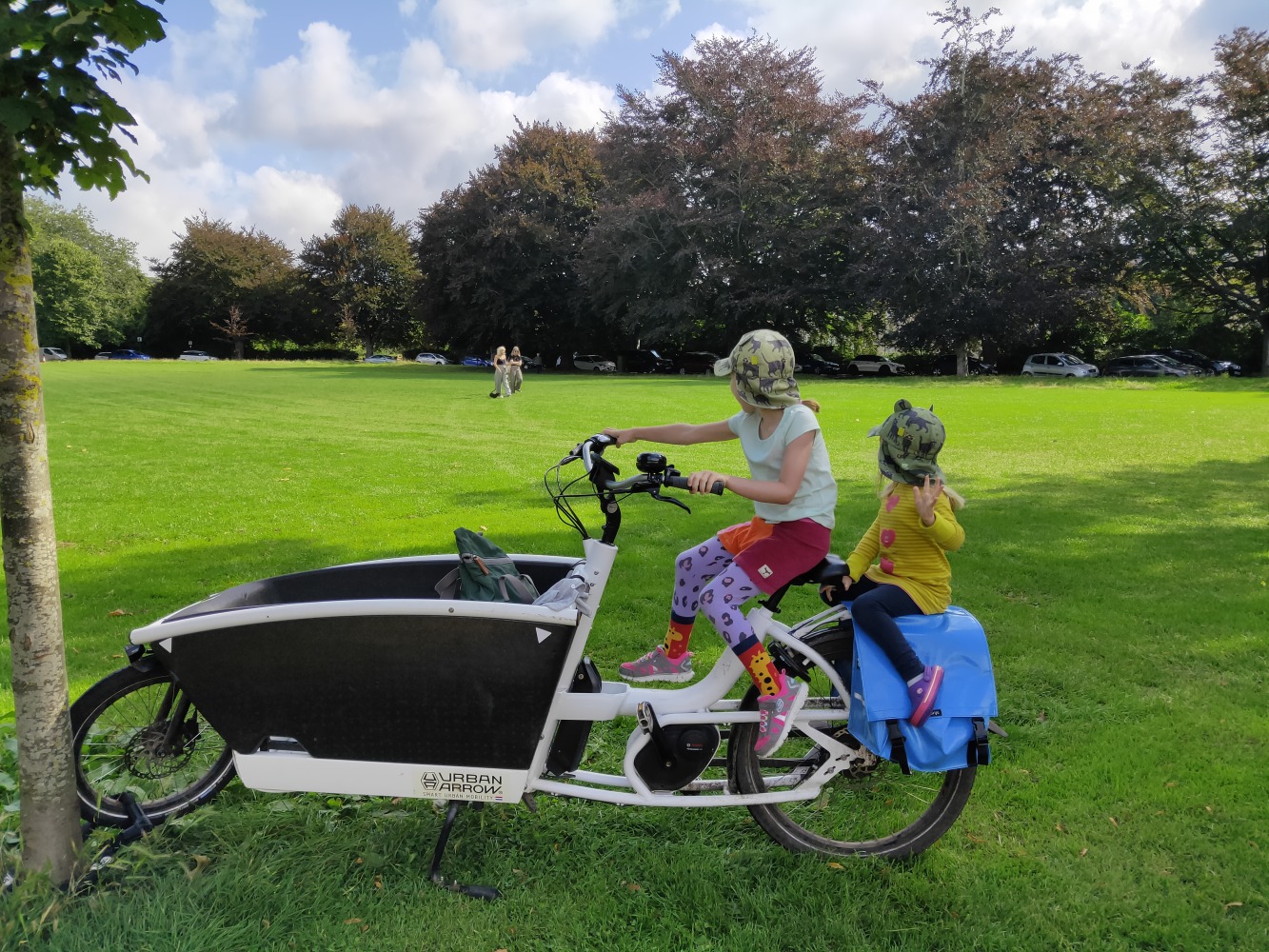 Urban Arrow Family review: the best electric box bike for families?
Urban Arrow Family review: the best electric box bike for families?
-
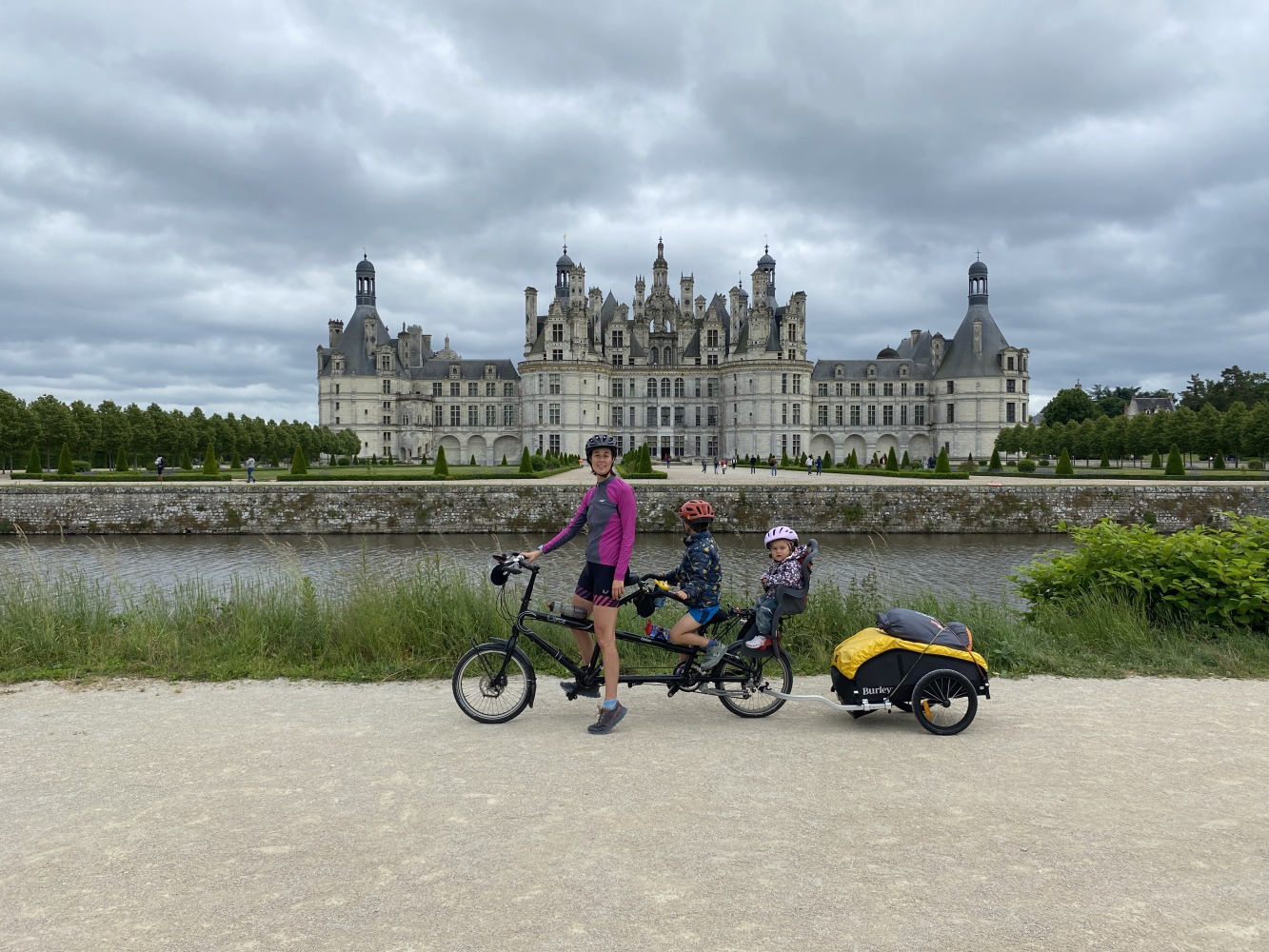 Burley Nomad Cargo Trailer review: A family touring essential
Burley Nomad Cargo Trailer review: A family touring essential
-
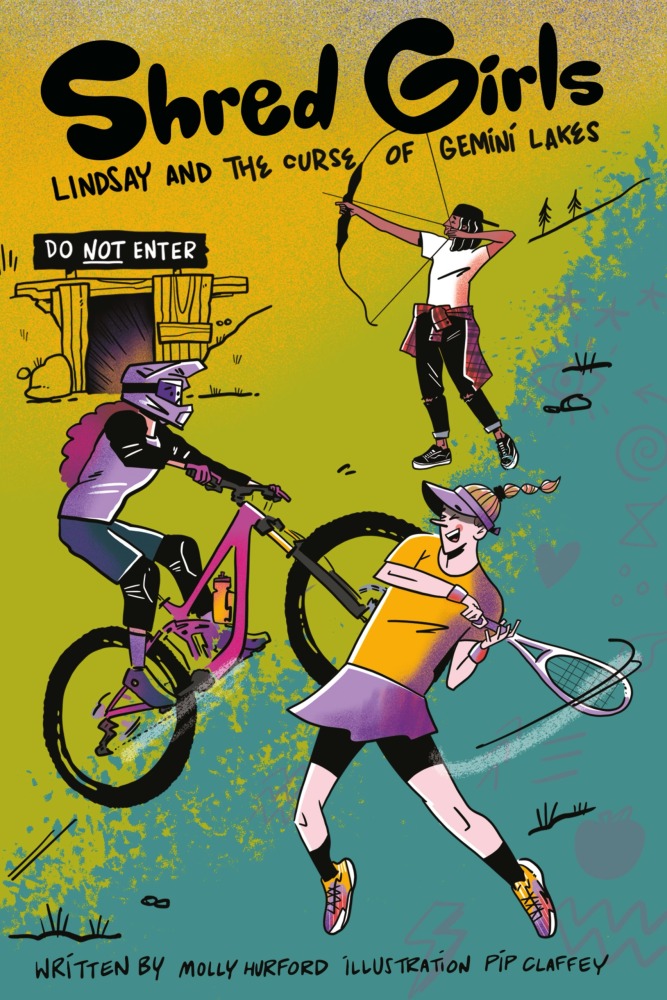 New book inspires teen girls to ride and read: Shred Girls series returns!
New book inspires teen girls to ride and read: Shred Girls series returns!
-
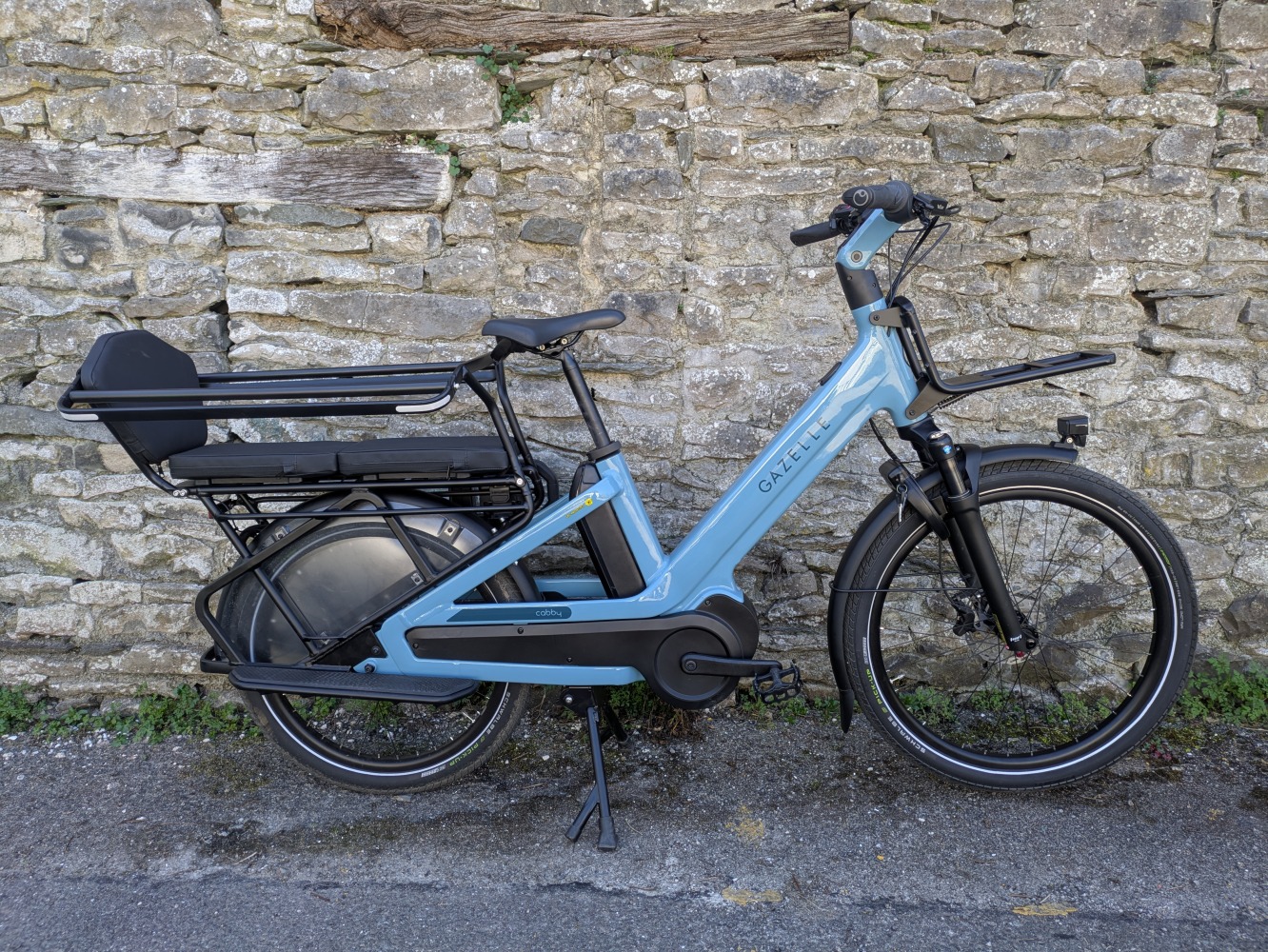 Gazelle Cabby – the new longtail e-cargo bike from Gazelle
Gazelle Cabby – the new longtail e-cargo bike from Gazelle
-
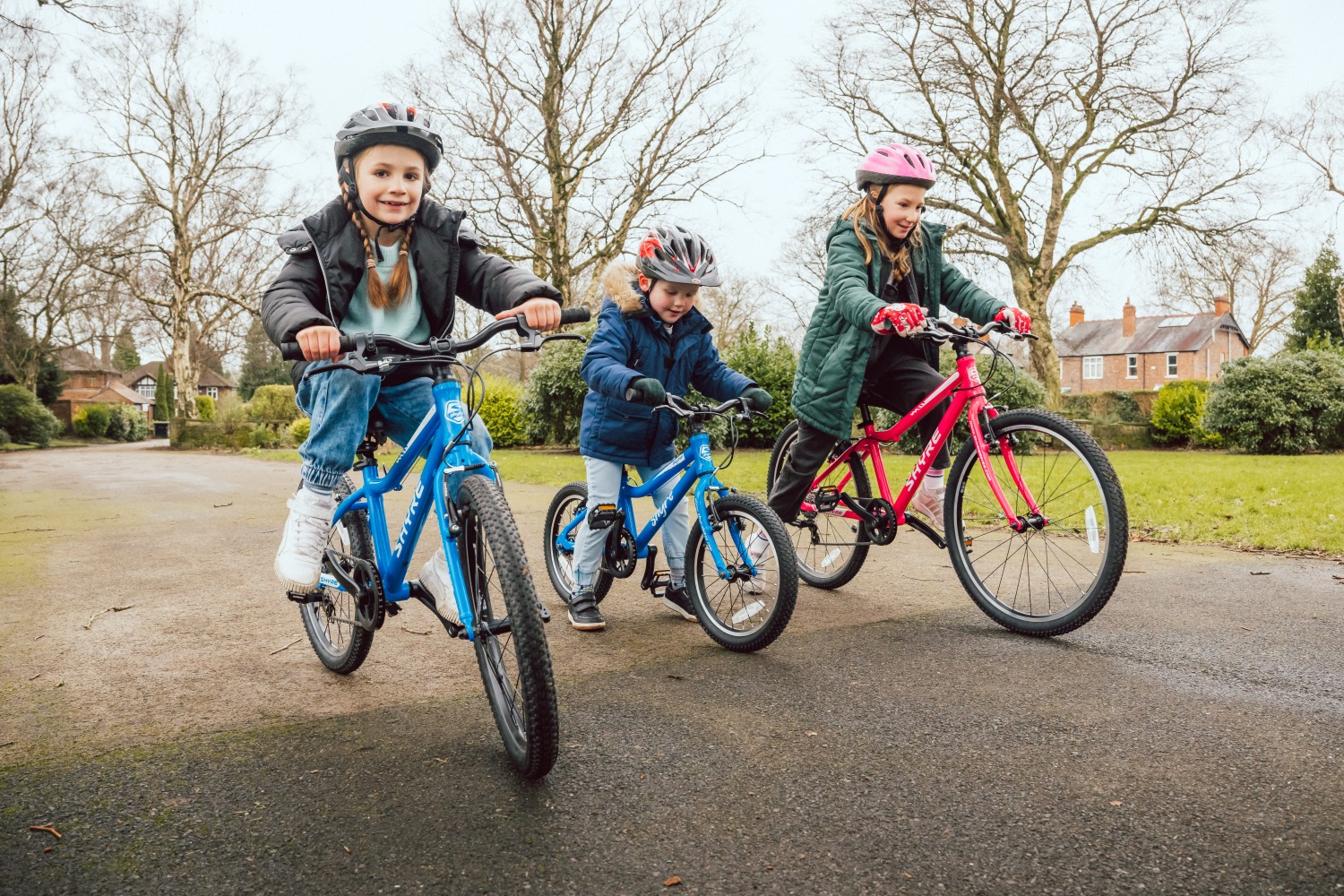 Shyre Bikes range overview: a new kids bike brand built for adventure
Shyre Bikes range overview: a new kids bike brand built for adventure
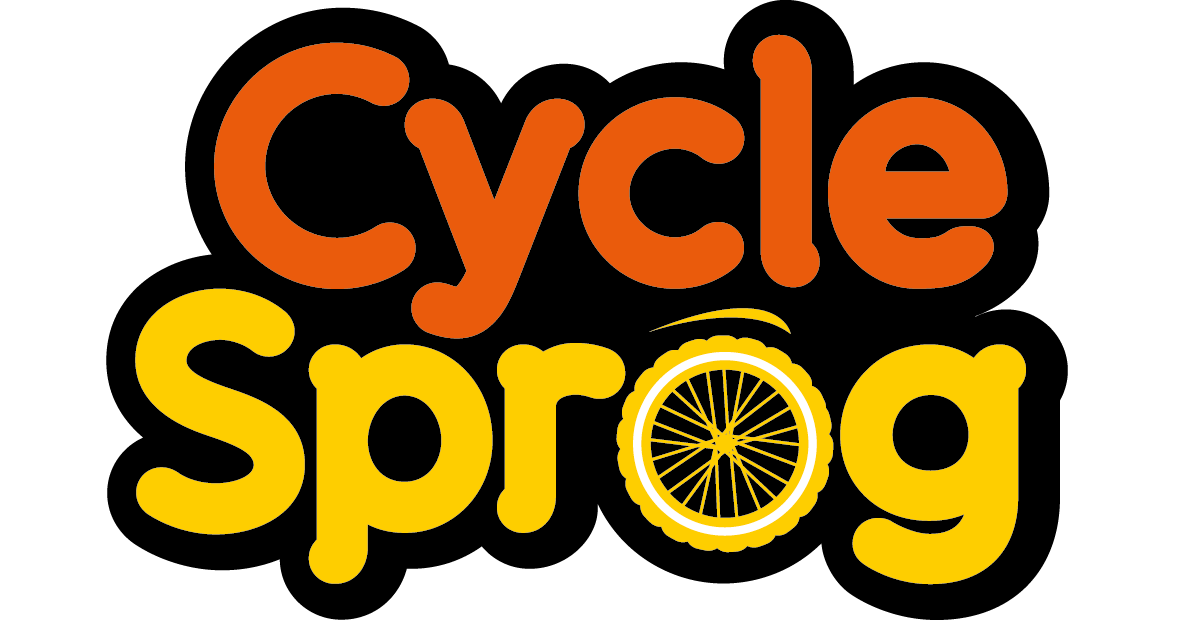





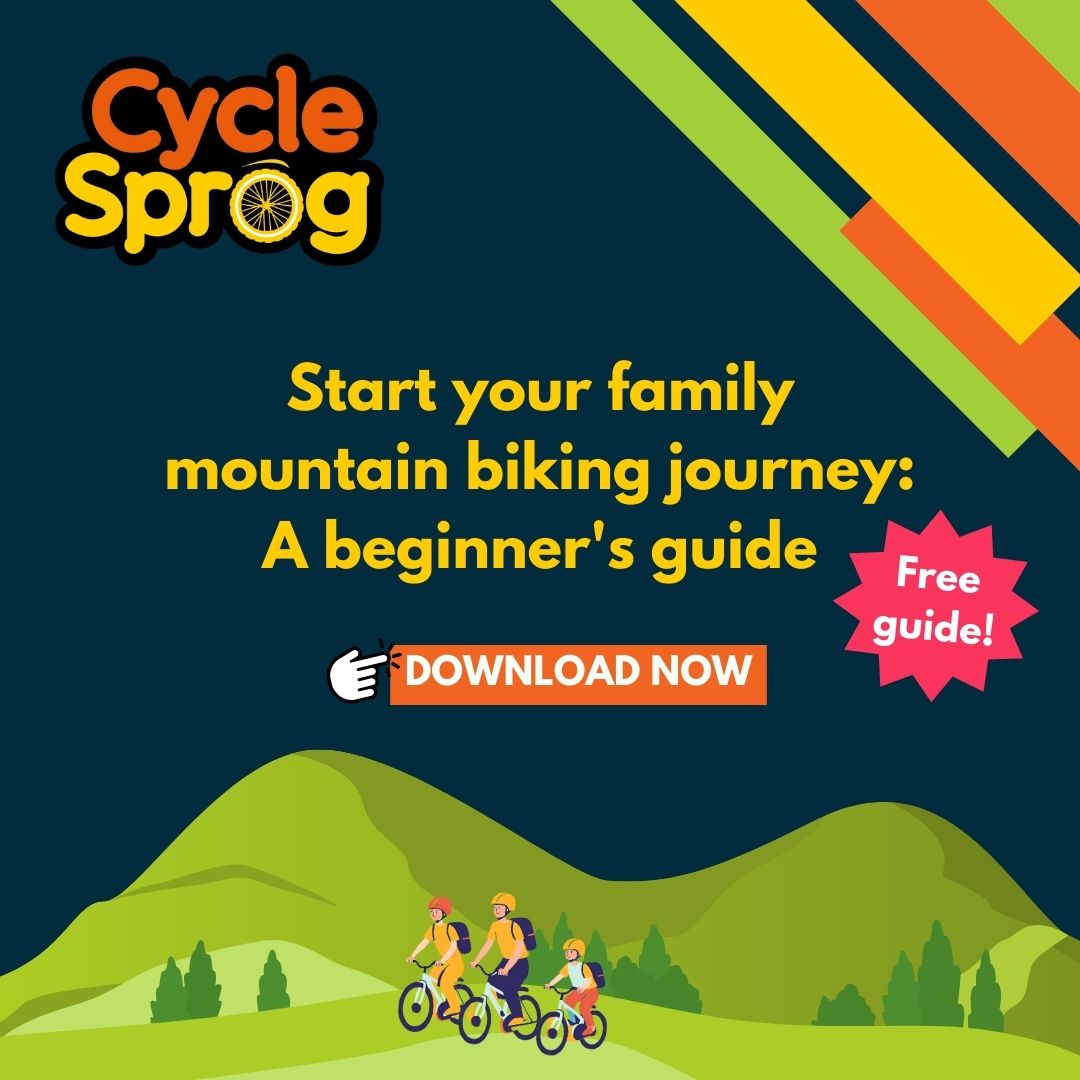
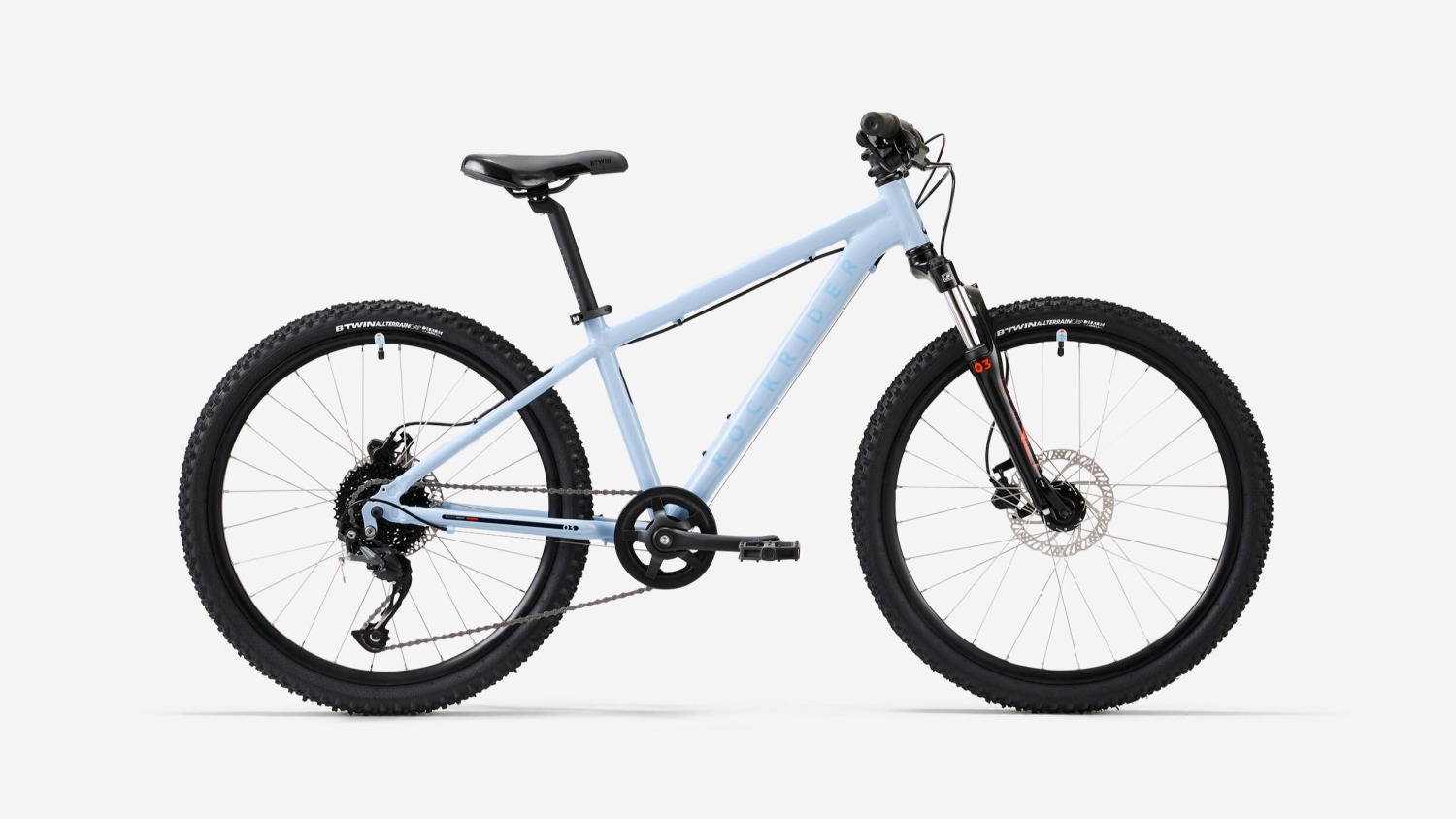
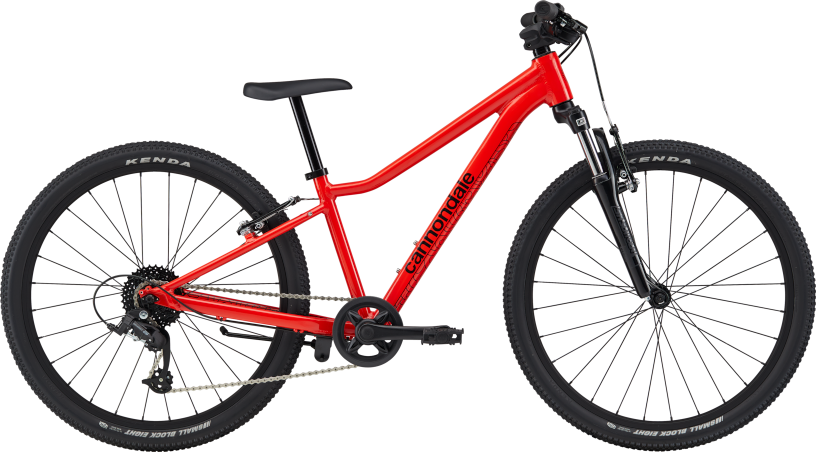
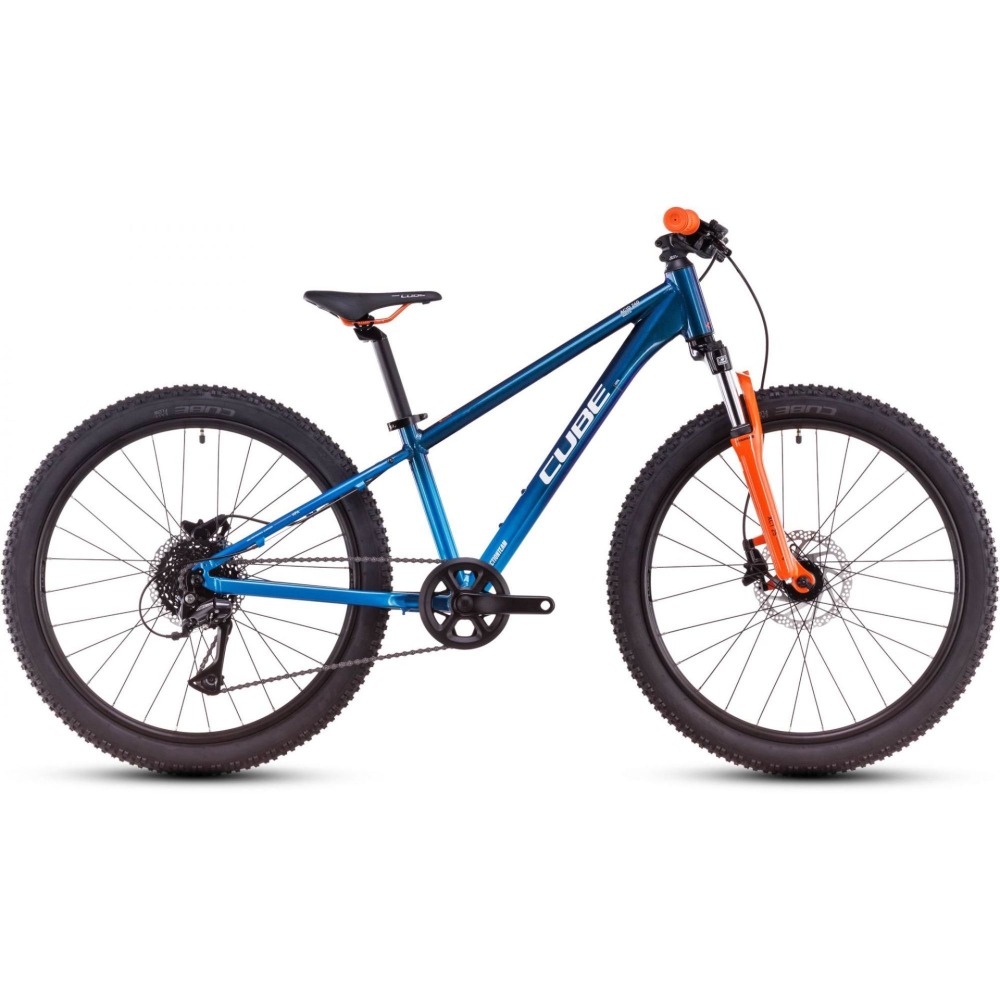
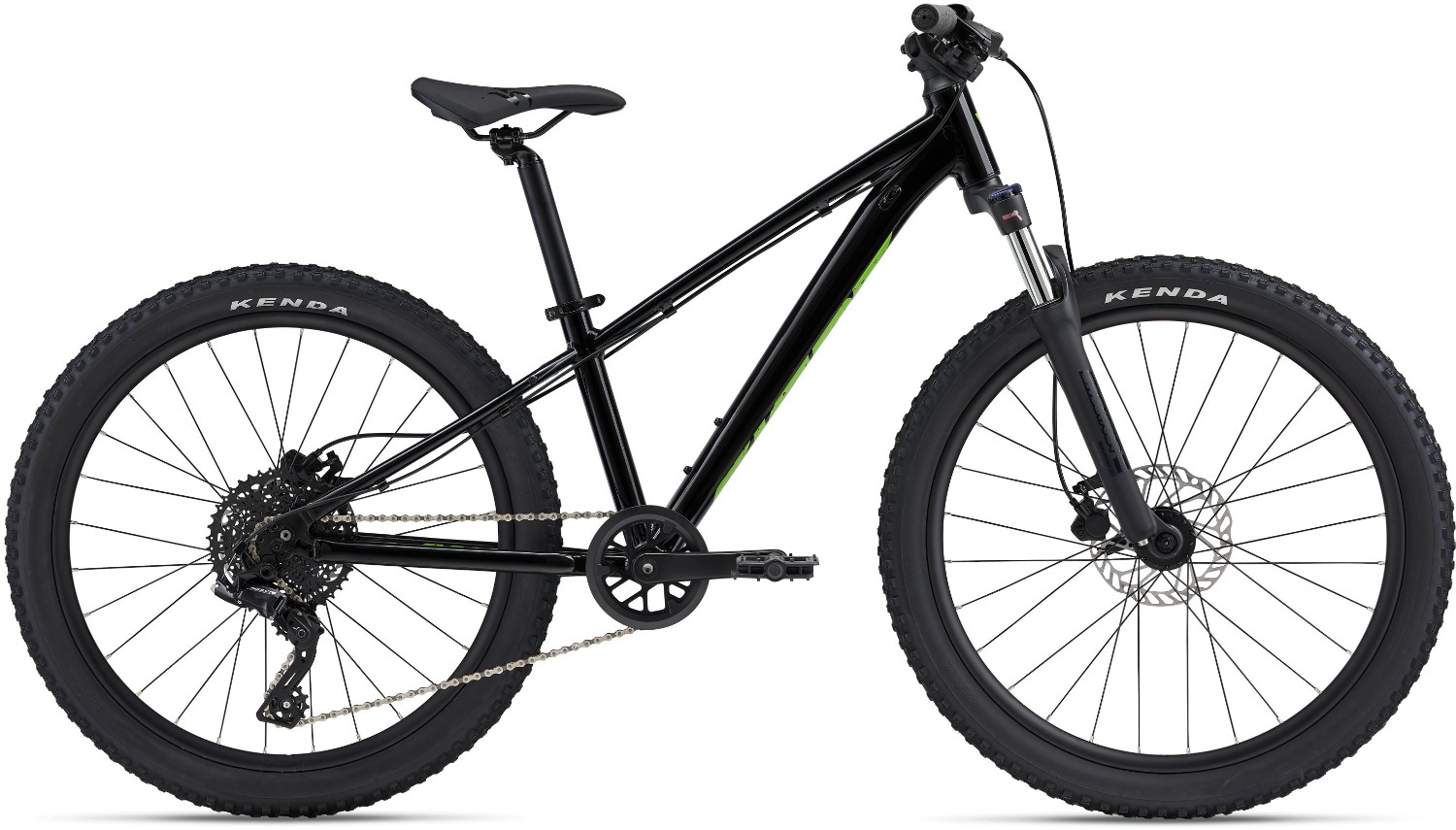
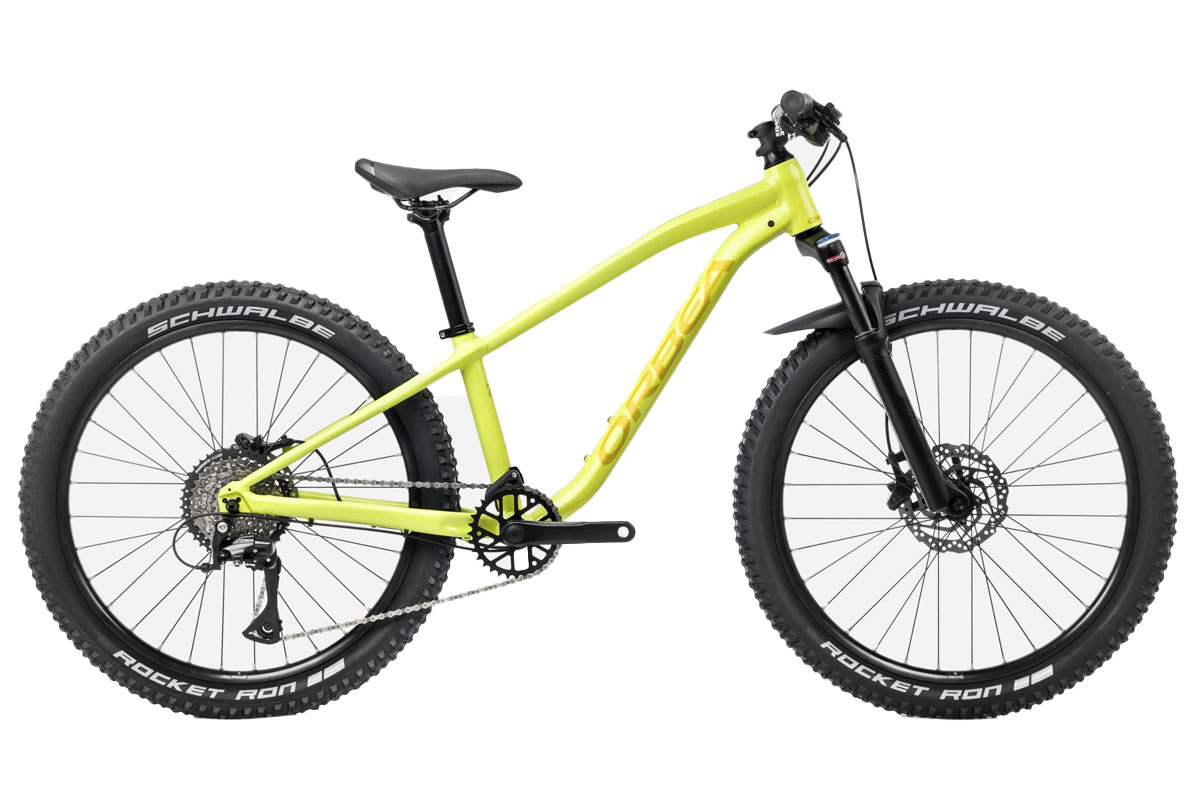
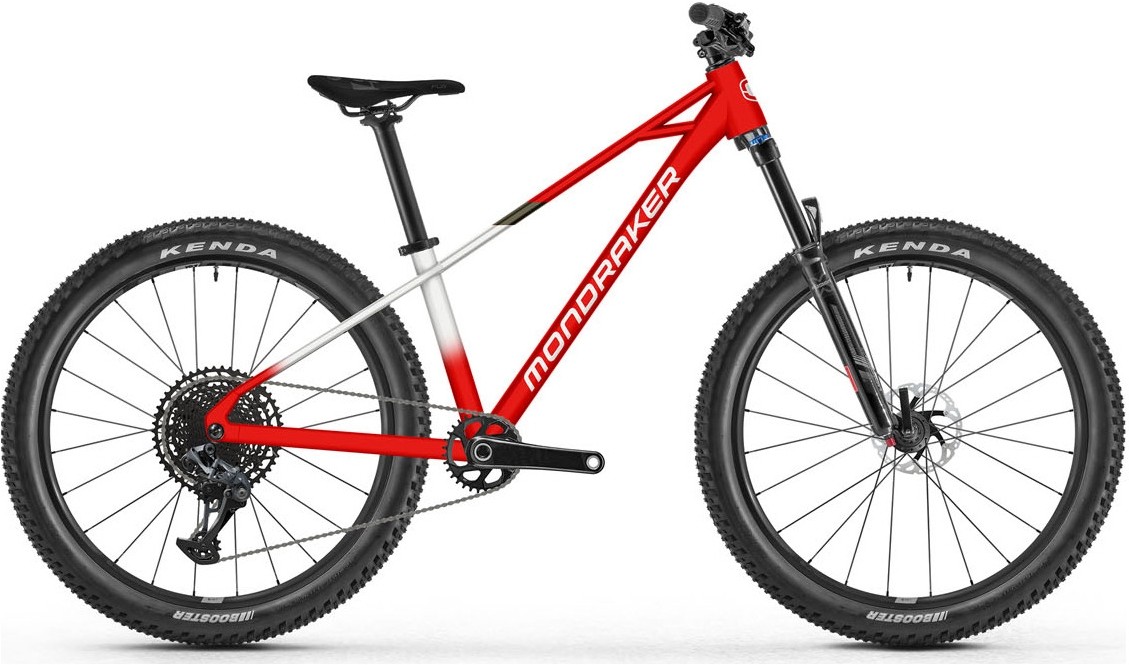
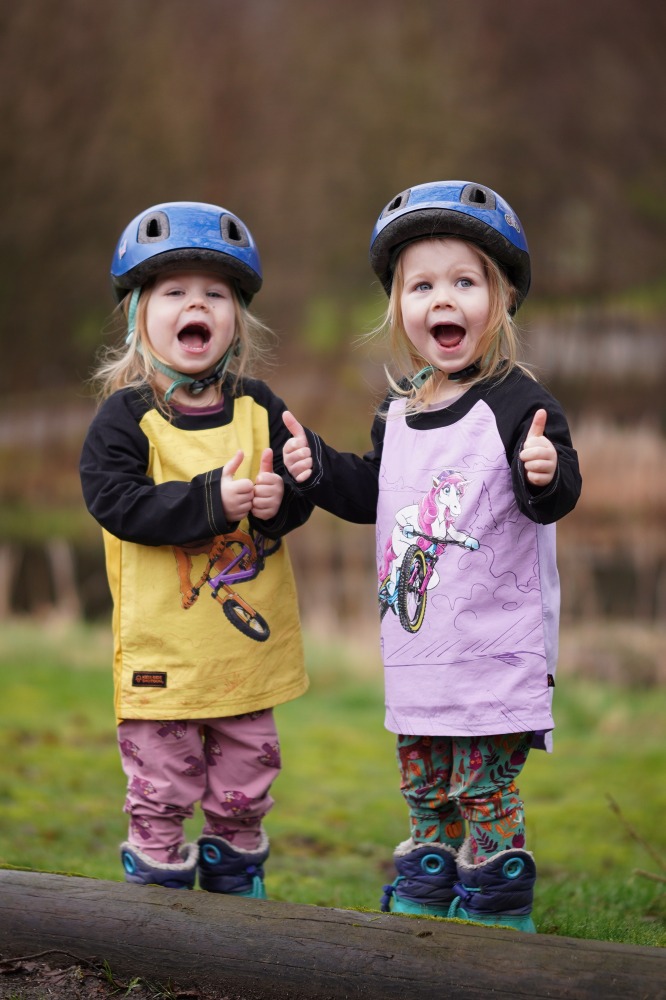
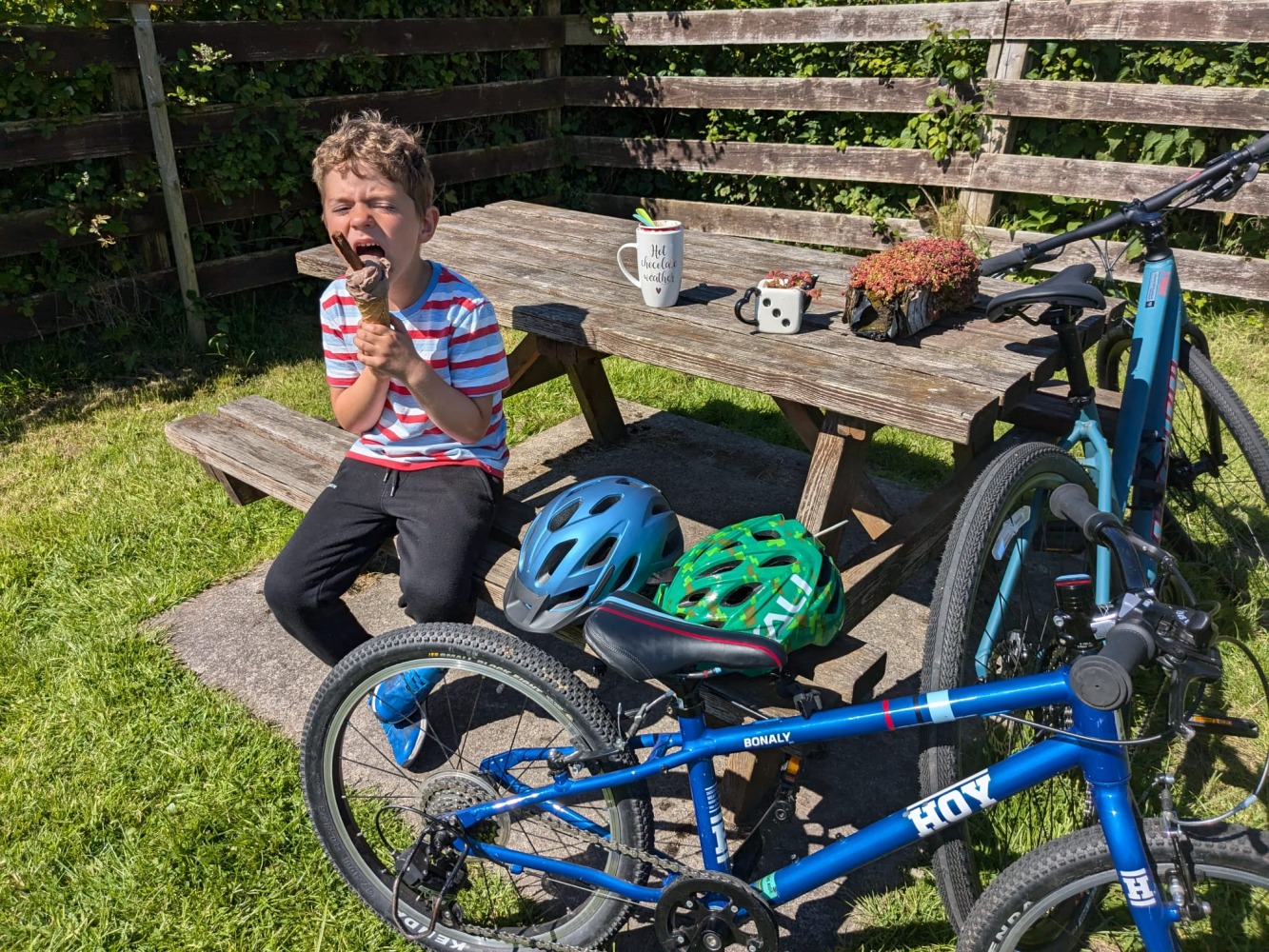
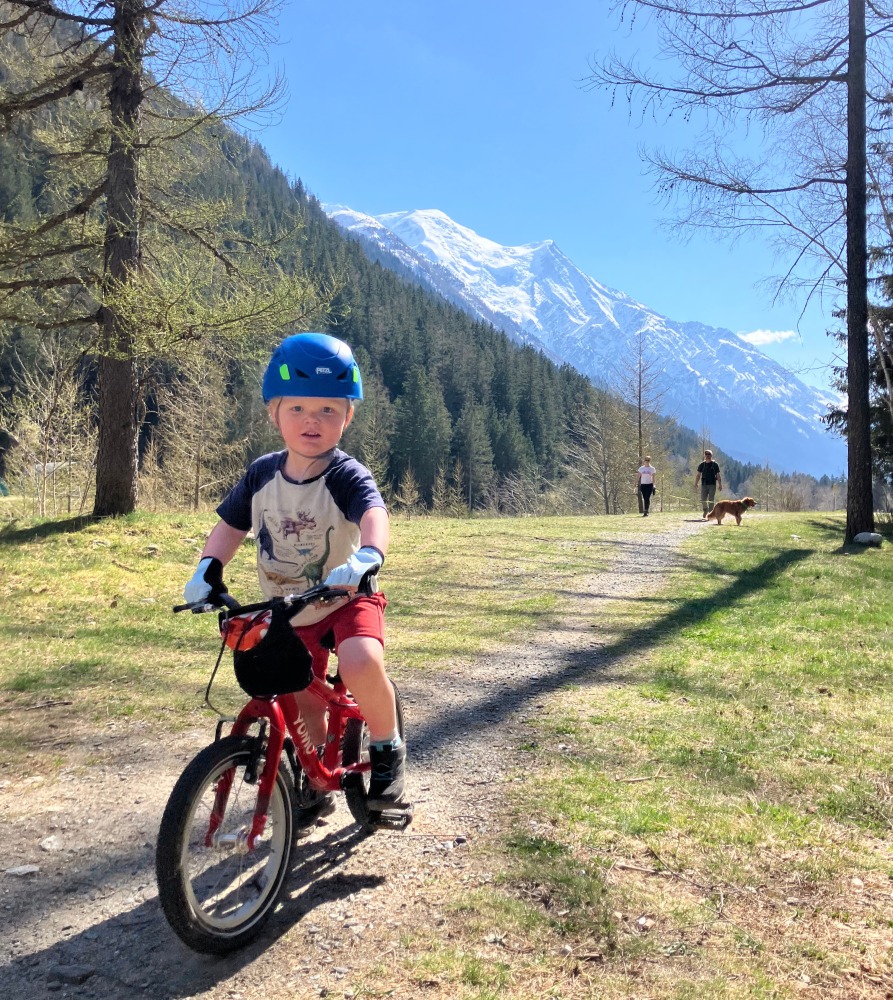
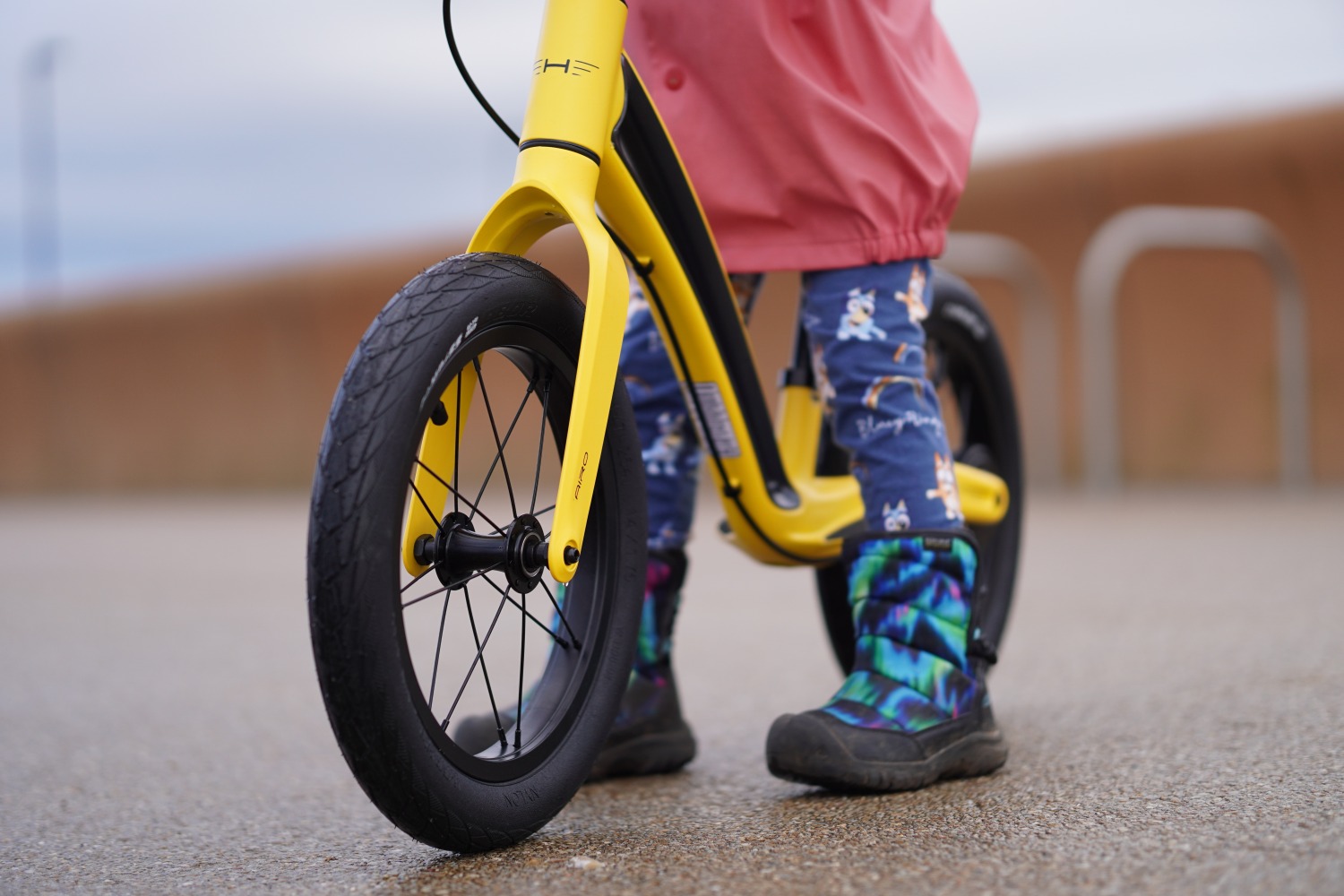
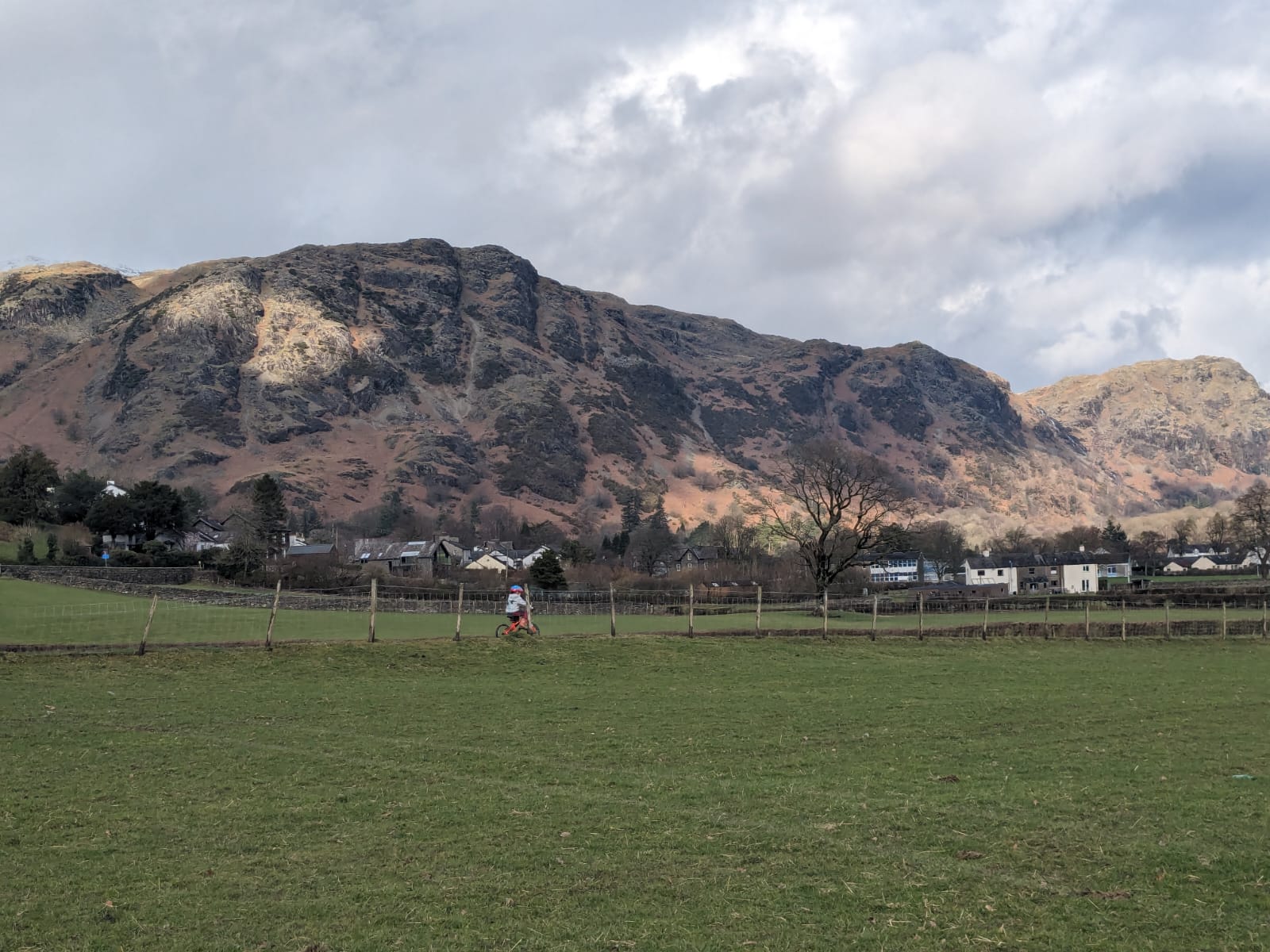
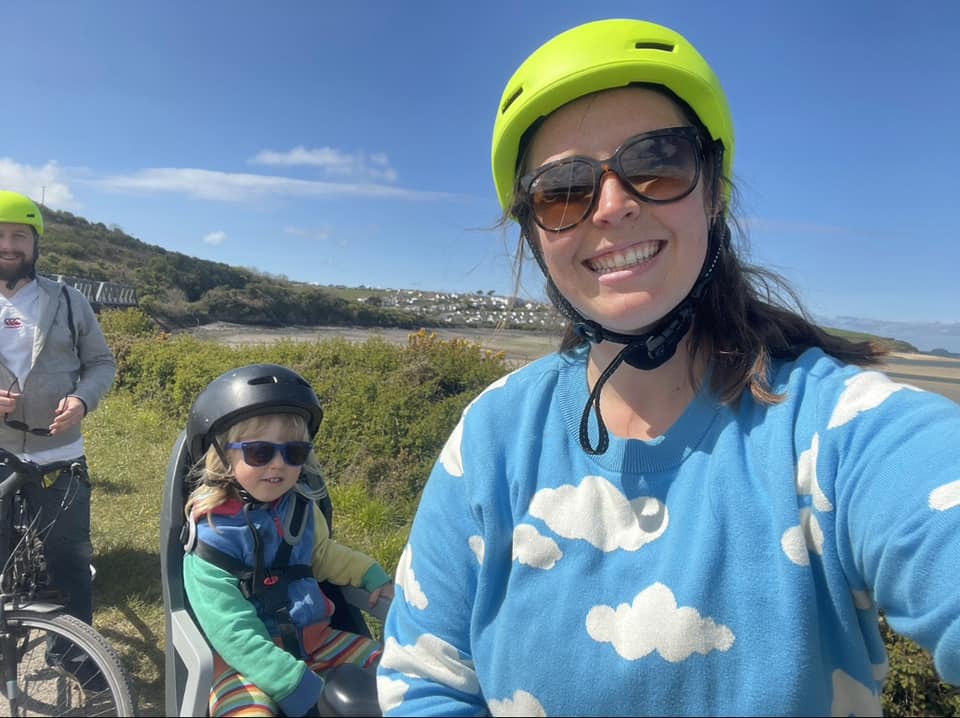
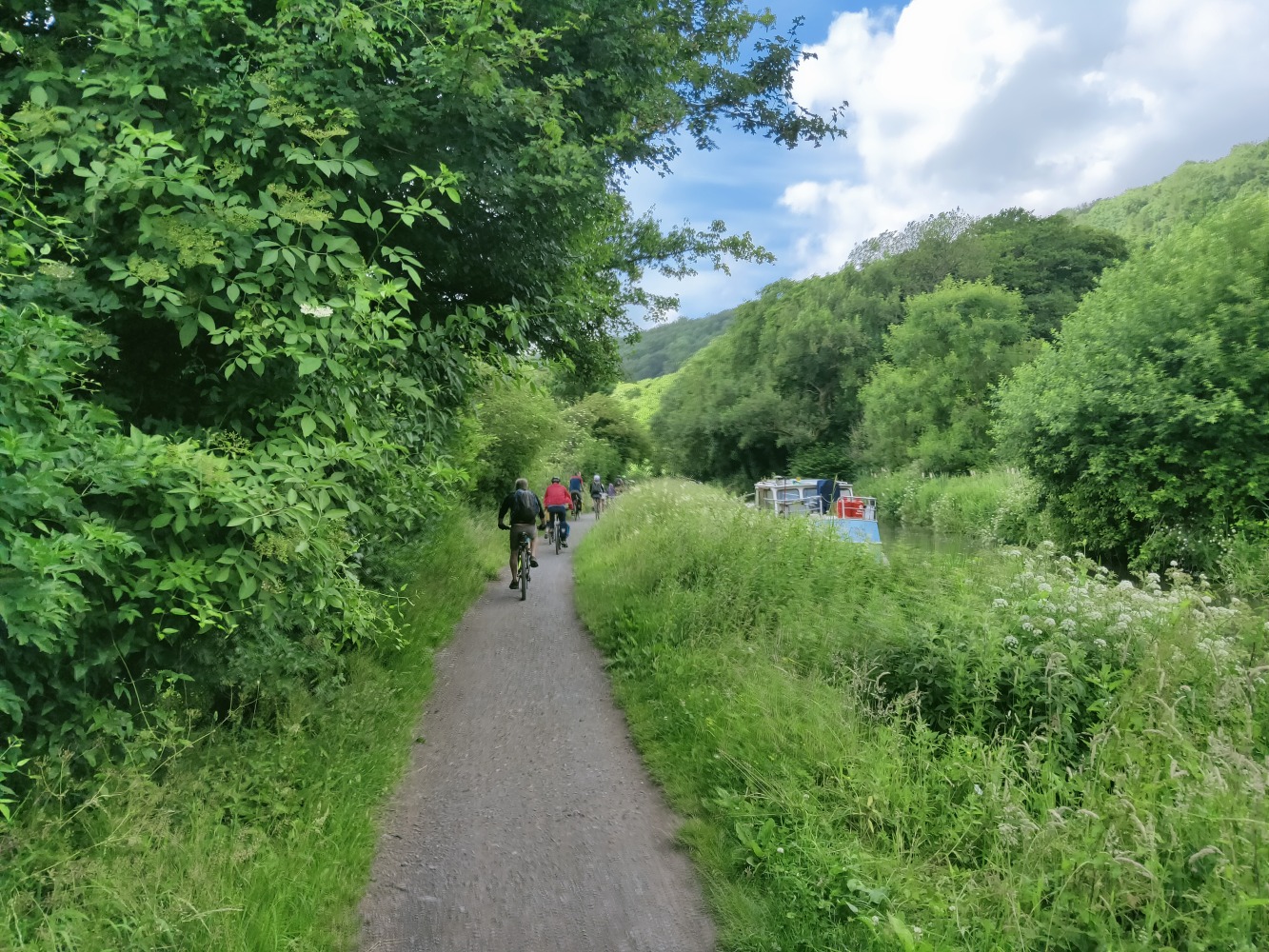
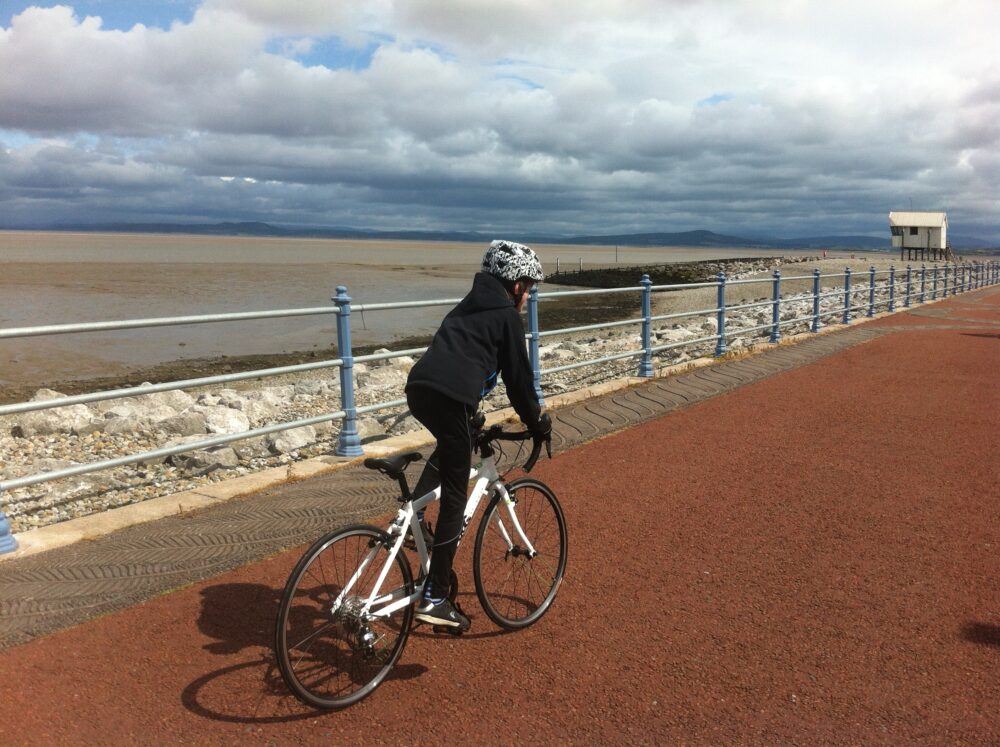
Comments
You should consider the Norco Storm 4.1 – brilliant value and very vibrant!
David purchasing 24inch bike as a frame only is probably going to be a challenge .
Momsen South Africa does have an Australian dealer network so it might be viable purchasing a complete bike (JSL 40) as its decent and cheap enough.
Can you recommend where I can buy a good quality hard tail MTB frame for 24″ wheels? I would want it shipped to Australia.
David – I recommend you contact bike retailers directly to see their current shipping policies – I know many are no longer shipping internationally at the current time. Kind regards, Karen
Was the Early Rider Trail 24 no good? We’re on the Belter Trail 16 which has been great.
Hi Ruth – thanks for getting in touch. Sadly, we’ve not been able to review any Early Rider bikes. The Trail 24 is not available at the moment, so we’ve not included it. Karen
Momsen JSL40 might be worth a look.
Thoughts on the Ghost Kato 24″?
Shame that the manufacturer’s don’t sell the frames as I usually build up my son and daughters bikes and have been using second hand Giant XTC 20 and 24’s which I have stripped and powder coated to their colour choice Daughters pink and then lime green, with sons bright orange. Next 24 for son will be nearly shortly so in the market for another 24 MTB
It’s a pity isn’t it. Sounds like your Cycle Sprogs have some great unique bespoke bikes (and no doubt keeping you busy each time they grow!) Karen
Surprised no mention of the Canyon range. Their bikes are normally very good and well priced. Are they no good?
Not sure if you can get them in the UK, but the Diamondback Sync’r 24 beats – arguably – all bikes you mentioned in this article. It’s a better bike – just not sure the UK price, and thus the “value.” SRAM NX 11-speed, hydraulic brakes, air fork, sub 27 pounds. Yes, Diamondback was making yucky bikes for a long time, but it looks like they are getting back to their roots. Sweet ride. I suspect many other mfgrs will have to try to catch up. No one else is close. (Drawbacks: 720mm bars might be a bit wide; 165mm NX cranks a bit long when 155mm are available.)
Hi Frank – sadly the Sync’r isn’t available in the UK at the moment. Good to hear Diamondback getting back to their origins – will definately keep an eye out for this bike. Karen